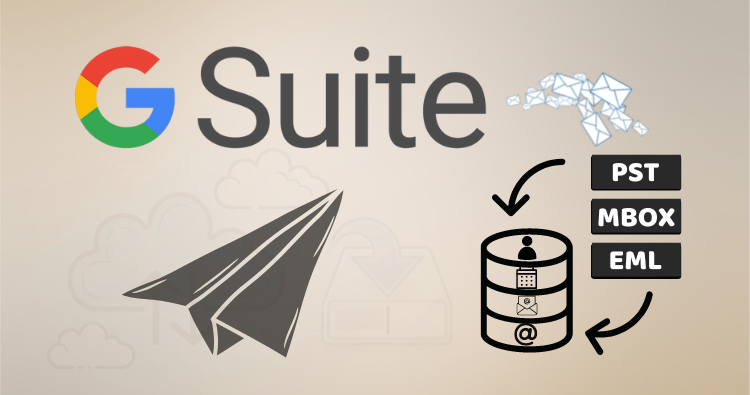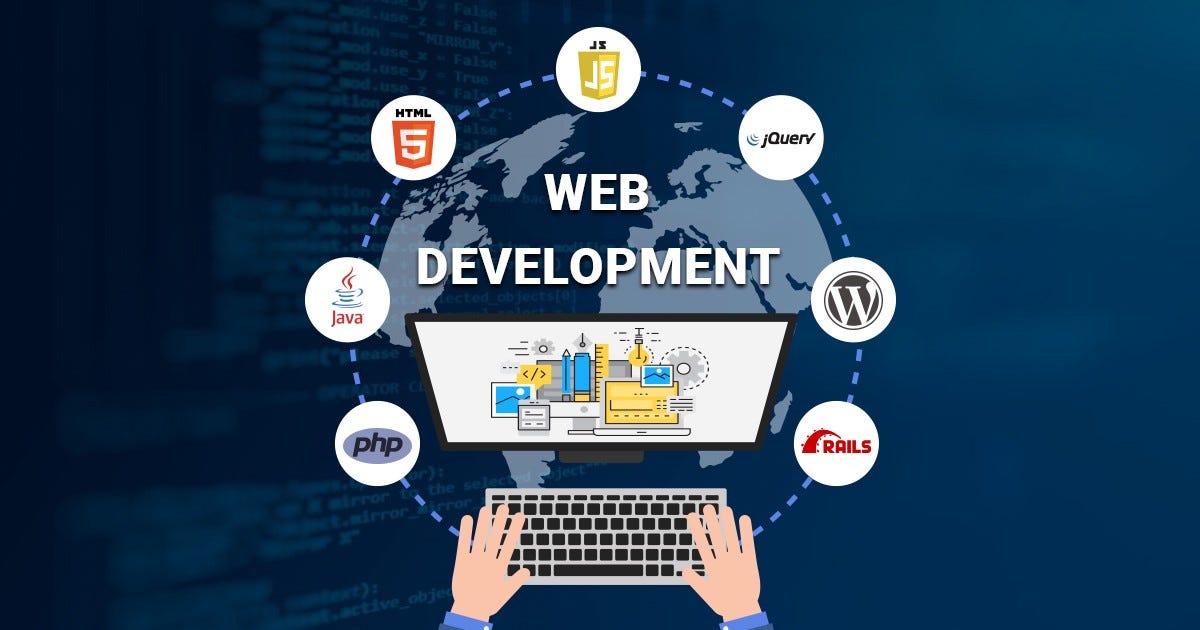These are the top 15 tech trends in 2023, with the feature, benefits and use cases they bring forth!
I know that these trends are not new anymore. We have already heard about some of these before. They have been around the corner since last 4-5 years, if not much, and their demand has only increased consistently. One technology is interlinked with the next, but none of them is restricted to any one business domain. We make use of nearly all of these in our day to day lives. Not each of them is out of reach for a common man, or not each of them is cost-efficient. They consume power, they consume resources, they consume time and research to emerge, evolve, and propagate. Lots of detailed information is available about these on internet, and chances of conflicts or overlaps are always there. A subtle cue can turn out into a research paper. An output of one process acts as an input for the subsequent process. Similarly, a miniscule innovation has the potential to become a big trend. Here is a list of best mobile app development trends that rules the charts in 2023:
- Internet of Things (IoT) App Integration: IoT involves connecting everyday objects to the internet, enabling them to collect and exchange data. IoT app integration involves developing applications that can interact with and control IoT devices.
- Apps for Foldable Devices: With the advent of foldable smartphones and tablets, app developers need to optimize their applications for these unique form factors, providing a seamless user experience.
- 5G Technology: 5G is the fifth generation of mobile network technology, offering faster data transfer speeds, lower latency, and improved connectivity. It enables new possibilities for mobile applications, such as high-quality video streaming and augmented reality experiences.
- Beacon Technology: Beacons are small, low-energy devices that transmit signals to smartphones in close proximity. Mobile apps can use these signals for location-based services, such as in-store promotions and navigation.
- Mobile Commerce: Mobile commerce or m-commerce refers to online shopping conducted through mobile devices. It involves developing apps for e-commerce, payment processing, and shopping experiences tailored for smartphones and tablets.
- Artificial Intelligence (AI): AI integration in mobile apps enables features like virtual assistants, personalized recommendations, and enhanced user interactions. AI can make apps more intelligent and user-friendly.
- Mobile Wallets and Mobile Payments: Mobile wallets and payment apps allow users to make secure transactions through their smartphones. They often incorporate features like NFC (Near Field Communication) for contactless payments. Mobile wallets, like Apple Pay and Google Wallet, are gaining traction for in-app and in-store payments. They are a convenient and secure way to manage financial transactions. Integrating mobile wallets with IoT devices enhances user convenience. Users can make payments, manage subscriptions, and authenticate themselves seamlessly through IoT-connected objects.
- Augmented Reality (AR) and Virtual Reality: AR and VR technologies enhance user experiences by overlaying digital information on the real world (AR) or creating immersive virtual environments (VR). Mobile apps can leverage these technologies for gaming, education, and various industries.
- Chatbots: Chatbots are AI-powered programs that interact with users through text or speech. They are integrated into apps to provide customer support, answer queries, and automate tasks.
- Superior App Security: Ensuring the security of user data and the app itself is crucial. This involves implementing encryption, authentication, and other security measures to protect against cyber threats.
- Predictive Analytics: Mobile apps can use predictive analytics to analyze user data and provide personalized content or recommendations. This helps improve user engagement and satisfaction.
- Instant Apps: Instant apps allow users to use a portion of an app without installing it. This can improve user acquisition and provide a frictionless experience.
- Wearables: The development of apps for wearables like smartwatches and fitness trackers continues to expand as these devices gain popularity. These apps often focus on health and fitness tracking, notifications, and extending smartphone functionality to the wrist. This involves creating applications for smartwatches, fitness trackers, and other wearable gadgets, often focused on health monitoring, notifications, and enhanced user convenience.
- On-Demand Development Apps: On-demand apps, such as those for ride-sharing, food delivery, and home services, are becoming more sophisticated. They offer real-time services and efficient solutions to meet immediate user needs. These apps connect users with services on-demand, such as ride-sharing, food delivery, and home services. They require real-time communication and geolocation features.
- Widespread Adoption of Cloud-Based Services for Scalability: Cloud-based services are crucial for app scalability. They offer flexible storage, computing power, and data analytics capabilities, allowing apps to adapt to changing demands. Cloud-based apps store data and perform computing tasks on remote servers, enabling easy access and synchronization across devices. They are more scalable and require less local device storage. Mobile apps often use cloud services to store data, improve scalability, and provide seamless synchronization across devices.
What will trend in 2024?
The year 2024 will also taste what 2023 serves on mobile app development front. Chat bots, virtual assistants, artificial intelligence, augmented reality, virtual reality, and internet of things will be used within the software systems and deliver consistent and intelligent customer care across all channels. Moreover the use of generative AI in various business domains have more than one applications for any mobile app development company in India, as in it will democratize access to transformative AI applications, making it easier it implement and interpret results and generate personalized recommendations. Such trends will amplify creativity, save time and cost, lead to hyper personalization, enhance efficiency and productivity, synthesize data, will lead to realistic simulations, and assist in adaptive learning, and enhanced knowledge organization and discovery.
Next Steps
These trends reflect the ongoing demand for innovative and user-centric mobile app experiences. Developers and businesses need to stay updated with these trends to create apps that meet the evolving needs and preferences of users. The mobile app development trends discussed above can set your business for success, giving you a competitive advantage. Some of these are implemented more, while some are dependent on how the market is shifting so you can adapt accordingly. This list is well researched and has been dominated in 2023, until now. These technologies are continually evolving and play a significant role in shaping the mobile app development landscape, offering new opportunities for innovation and improved user experiences. The best mobile app development companies do not necessarily implement every single trend into their applications, but they curate their processes around them, adding tit-bits of methods here and there.







